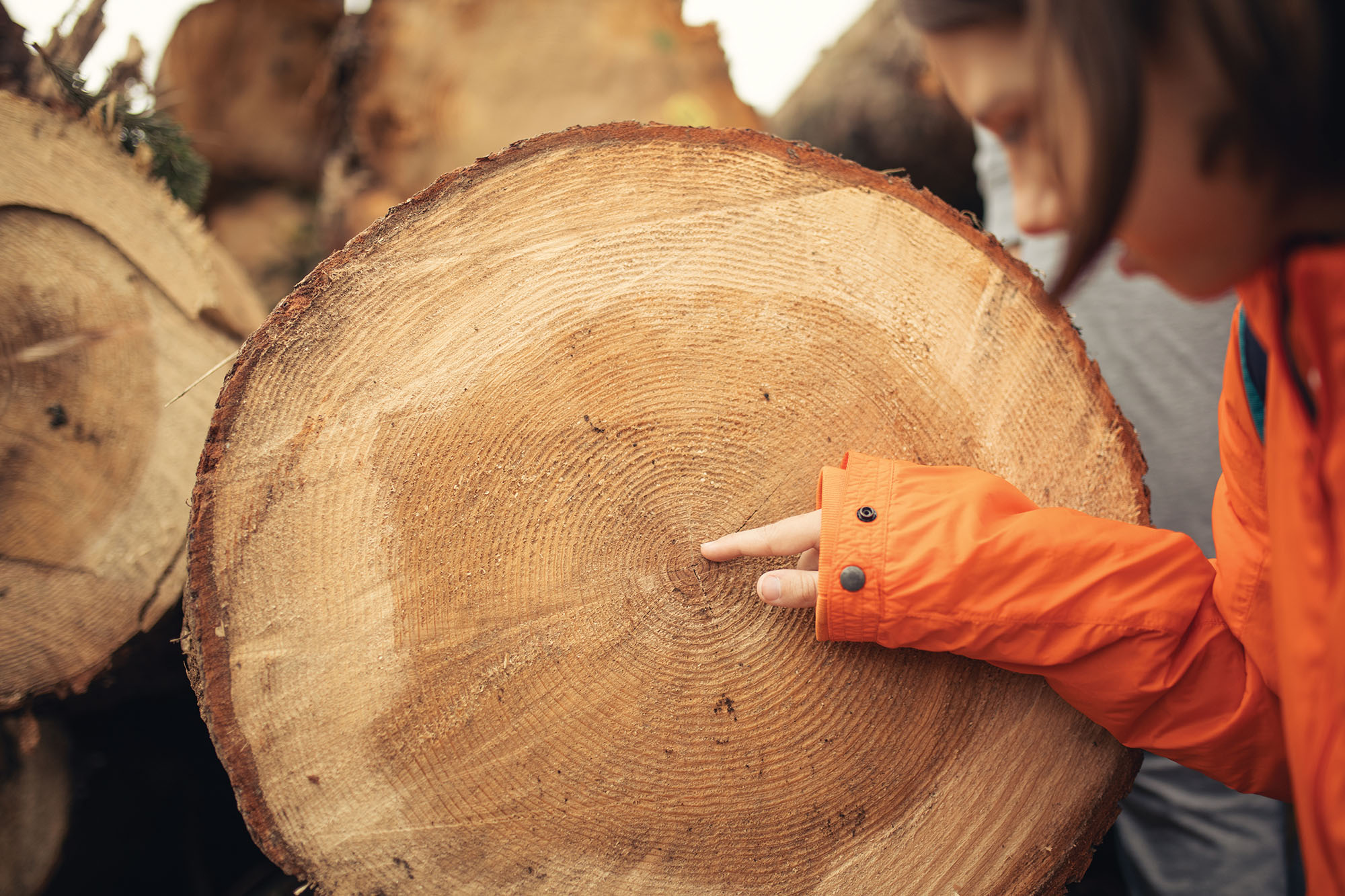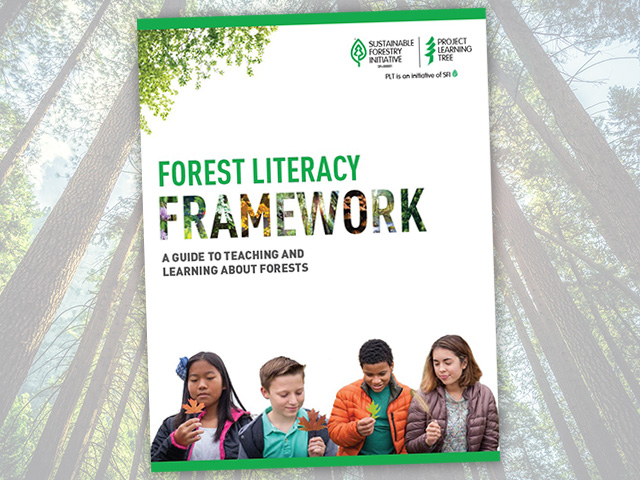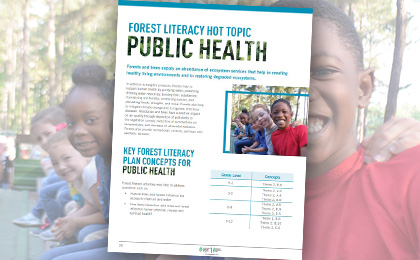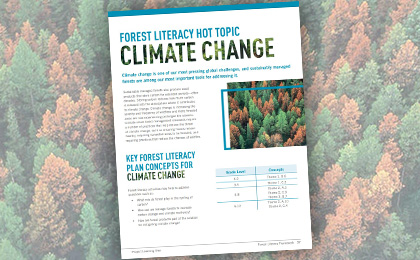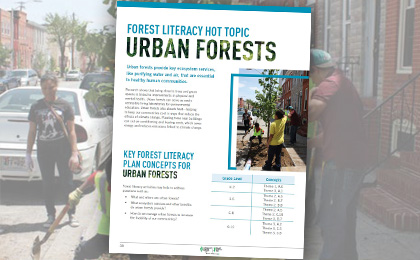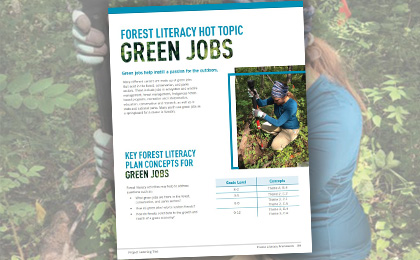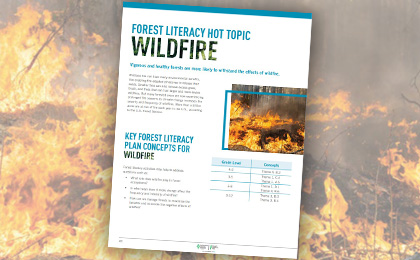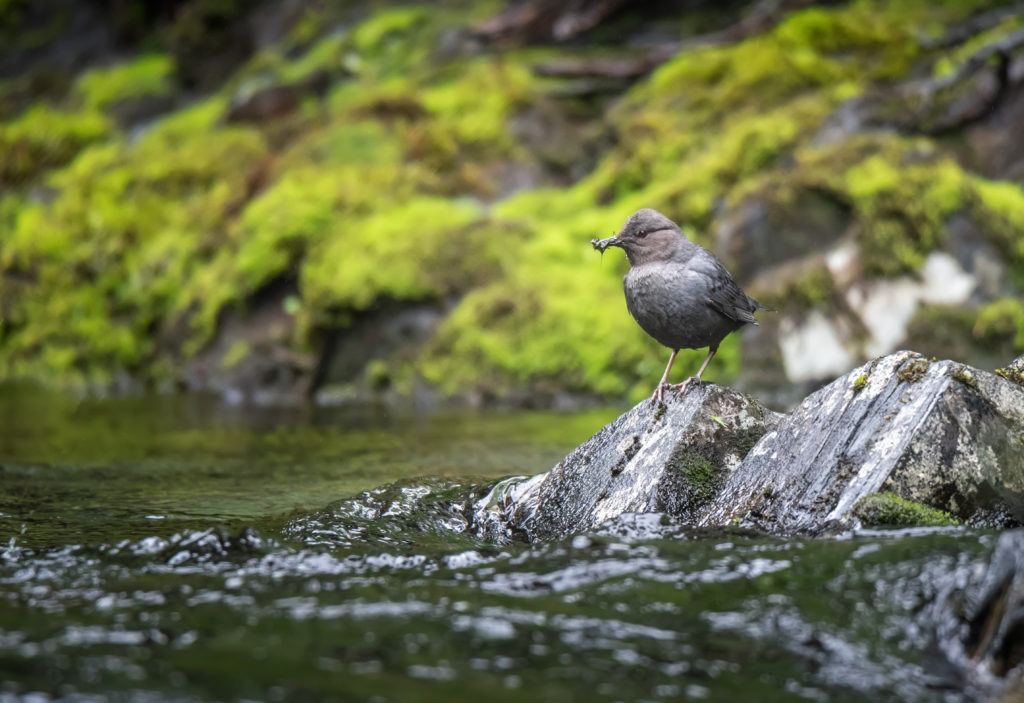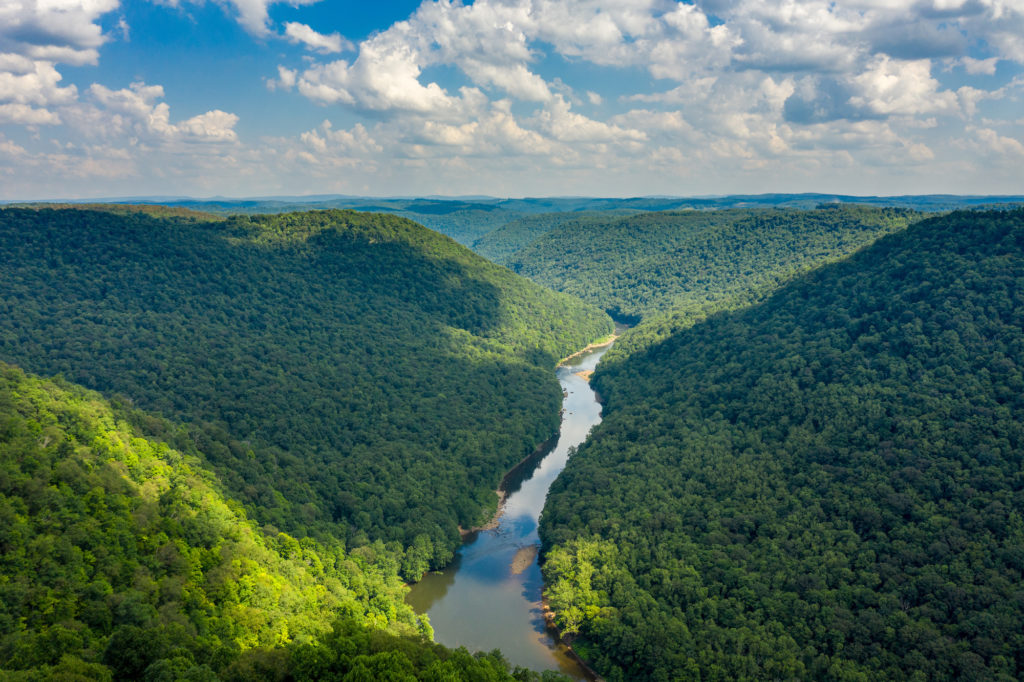Students in the intermediate years are interested in the natural world, how things are put together, and how things work. During this time, their intellectual capabilities expand greatly as they move from a focus on the here-and-now toward abstract thinking.
Students this age work well in groups and enjoy doing collaborative projects. They enjoy problem solving, sharing ideas, and voicing opinions. They also want to be responsible members of the local community. At the intermediate level focus on the following concepts:
- What do forest organisms need to survive?
- How are forests and their inhabitants adapted to the climate and landscape?
- In what ways are forests important to the environment, economy, and society? How do forests contribute to our health?
- What can people do to take care of our forests?
Sample Activities
Here are some examples of forest concepts and activities that are appropriate for primary students:
- The Closer You Look: Challenge students to identify the names of trees in the schoolyard, in a park, or along a street. See PLT’s Family Activity The Closer You Look for more information. [Theme 1, B. Trees as Part of the Forest]
- Web of Life: By conducting research and modeling a food web, students take a close look at a forest ecosystem and discover ways that plants and animals are connected to one another. For more details, see the activity “Web of Life” in PLT’s Biodiversity Blitz for grades 3-5. [Theme 2, A. Environmental Importance]
- My Green Future: All kinds of people work in the forest—from foresters, to loggers, to scientists. This activity provides students with an overview of forest-related careers. For more ideas, see the activity “My Green Future” in PLT’s Explore Your Environment: K-8 Activity Guide. [Theme 3, B. Forest Management]
To find other PLT activities that address key concepts from PLT’s Forest Literacy Framework (FLF), refer to the Forest Literacy Connections Appendix for Explore Your Environment: K-8 Activity Guide.
Real-World Connections
Have a look at these conservation research projects that offer real-world connections to elevate student learning about forests.
- Join Nestwatch, a citizen-science project developed by Cornell University in partnership with the Sustainable Forestry Initiative (SFI). Students monitor bird nesting sites and build birdboxes using downloadable plans.
- Explore connections between sustainable forest management and conserving important keystone species, using a fact sheet about the gopher tortoise from the Alabama Forestry Foundation.
- Consider how a changing forest can affect different wildlife habitat with SFI’s Species at Risk video.
Download 3-5 Forest Literacy Concepts

